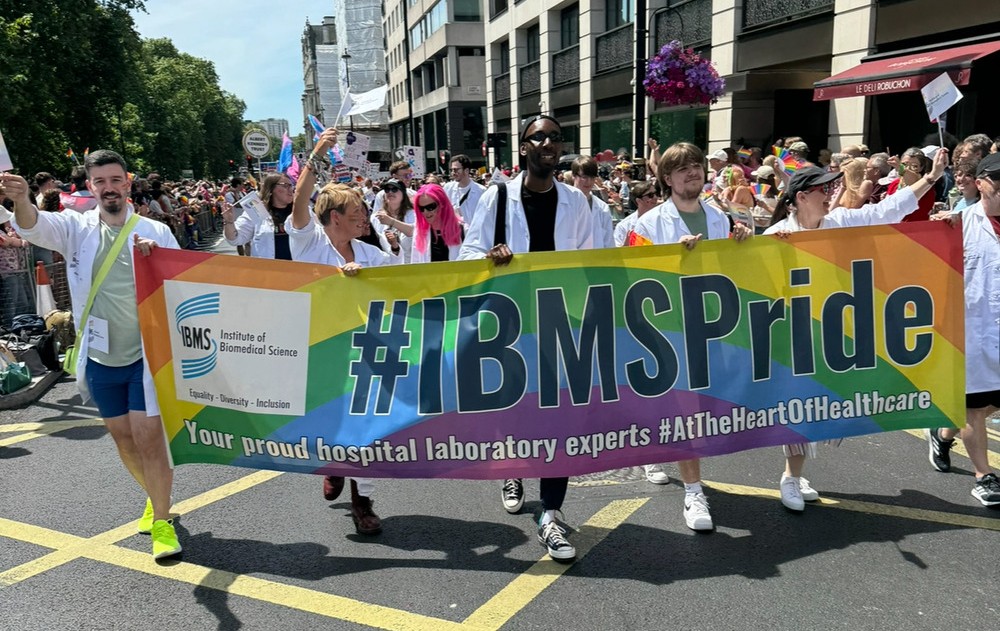IBMS Statement on cervical screening changes
Whilst supporting the change to cervical screening intervals in England, the IBMS calls for a trained workforce to safely support the transition.
The UK National Screening Committee (UKNSC) has recommended a change to the cervical screening interval for those aged 25 to 49 in England, following robust evidence that demonstrates the safety and effectiveness of less frequent testing. From 1 July 2025, individuals in this age group who test negative for high-risk Human Papillomavirus (HPV) and have no recent HPV history will be invited for cervical screening every five years instead of every three.
The change brings England into alignment with existing screening intervals in Scotland, Wales and for those aged 50 to 64 in England, who already receive screening every five years. It is underpinned by scientific research, including a major study from King’s College London, showing that five-yearly screening with the current HPV testing approach is just as safe and effective as the previous three-yearly system.
HPV is responsible for nearly all cases of cervical cancer. Since December 2019, all cervical screening samples in England have been tested using the more sensitive HPV primary screening method. This approach allows for more accurate risk assessment and enables a personalised screening pathway: those testing negative with no recent HPV history will wait longer between screens, while individuals at higher risk will continue to be screened more frequently.
The change is supported by ongoing success in HPV vaccination uptake. Studies show the HPV vaccine prevents around 90% of cervical cancers, and the introduction of the latest vaccine type in 2021 is expected to further reduce HPV-related cancer and deaths.
In another step towards modernising services, the NHS Cervical Screening Programme will also begin using digital invitations and reminders through the NHS App. Letters will still be issued where digital communication is not possible.
IBMS response
Commenting on the announcement, IBMS Chief Executive David Wells said:
We are supportive of this change, which builds on the successful implementation of HPV primary screening. Anyone who tests negative for HPV are at very low risk of developing cervical cancer or pre-cancer. Moving to a five-year screening interval for this group will reduce unnecessary appointments and, over time, ease pressure on community and primary care and laboratory services.
However, the success of this transition depends on it being fully resourced and carefully managed. It is essential that this significant change is embedded into the screening programme swiftly and effectively. Ongoing modelling and monitoring of capacity across both primary care and laboratory services will be critical to ensure that any fluctuations in demand can be met.
Regardless of screening frequency, patients must receive the same high standard of care and assurance.
The IBMS will continue to work with public health agencies and professional bodies to ensure that screening services are supported and that the biomedical science workforce is equipped to uphold quality and safety at every stage of the programme.




